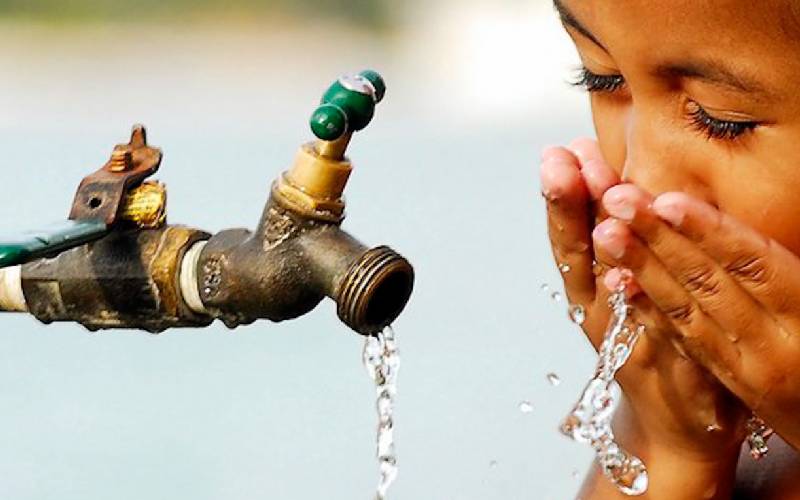×
The Standard e-Paper
Join Thousands Daily

Emerging small towns have been identified as a direct threat to water, sanitation and hygiene sustainability. [Photo, Courtesy]
Emerging small towns have been identified as a direct threat to water, sanitation and hygiene sustainability.